Of Poking, Sucking and Bumming Around in a Shanghai Hospital

As you may have read from my previous posts, I did my elective work in Shanghai for four weeks last December and January. Overall, my elective term in Rui Jin Hospital has been a bit of a mixed bag. While there have been intriguing, interesting and eye-opening moments, there have also been hours of boredom and frustration.
Acupuncture:
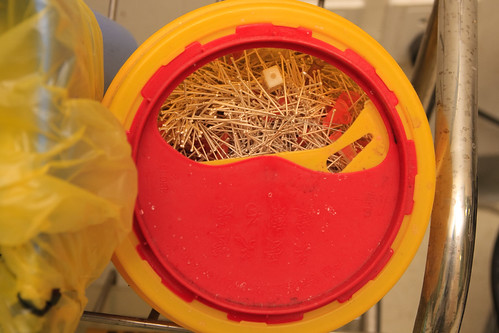
I did the first two weeks of elective in the acupuncture unit. The opportunity to see the coexistence and cooperation of both Western and Traditional Chinese Medicine has been one of the greatest reasons for my choosing to go to Shanghai. Eye-opening it has indeed been. Much as we were shocked to see the depth the needles go into (up to 2-3 inches in some areas), we were also quite impressed by the acupuncturists' firm knowledge and understanding of Western medicine. In fact they devote a good proportion of their training years in Western medicine alone. A patient presenting with fatigue would first be examined for thyroid function and blood sugar among others, by the acupuncturists themselves! They can also order X-rays, CTs and interpret them. So it's been both comforting and surprising to learn that Chinese medicine practitioners are not as ignorant as some might believe them to be - in fact the irony is on us to not know more about them.
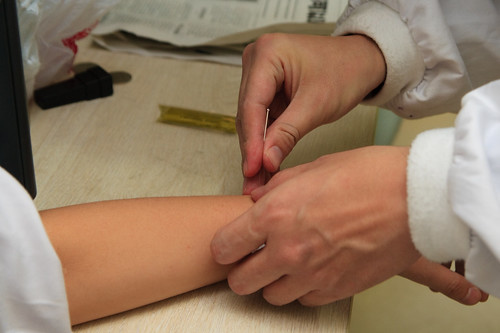
Despite the novelty, we found that we couldn't do much in the unit and soon enough it became a drag to spend time day in day out. As the needle insertion involves a level of dexterity and special techniques, we were not allowed to perform it on the patients. So all the time we only got to stand and observe the procedure, and occasionally we were called upon to remove the needle after the treatment. The only other thing we got to do is applying and removing suction cups, which is a procedure where a heated glass jar is applied onto acupuncture points and left in place for a few minutes via vacuum suction.
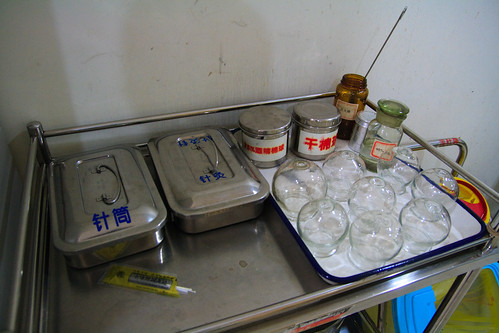
Overall it's an interesting experience, despite the lack of practical opportunity, I would recommend medical students with an interest in Chinese Medicine to spend some time in the acupuncture unit. However, we found that two weeks were a tad too long for the purpose, so a one-week stint would have probably been a better option.
Cardiology:
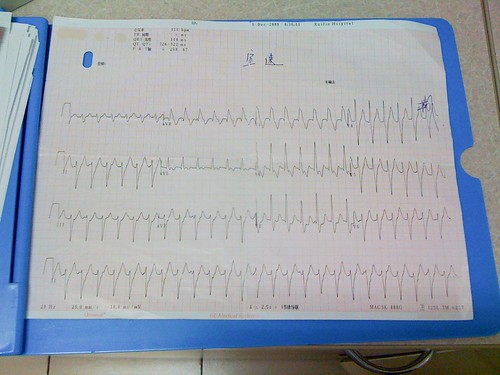
I chose cardiology due to my interest in the specialty. I was assigned to an attending who was stationed at the CCU, which I later found to be simply a fancy term for post- and pre-operative observation area for pacemaker insertion. There were also some occasional paroxysmal Atrial Fibrillation patients who were there for either pharmacological or electrical cardioversion. But basically that's all the patients I got to see in the 10-bed unit.
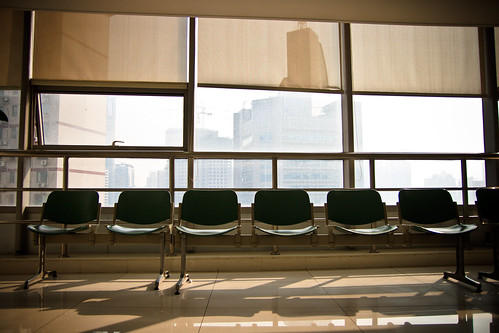
Unfortunately the experience over the two weeks have been rather uninspiring, to put it mildly. The unit (and I suspect the hospital as a whole) is not familiar with the concept of elective terms, and I was treated as a transparent passive spectator of the department most of the time. In my two-week stay in the department, I only got involved with the daily 20-minute ward round with zero to little teaching, as well as observing a few angiography, an EP study from afar and a couple of permanent pacemaker insertion. Most of the other time, I was left to my own device sitting in a room with some junior doctors and research students. My attending was hardly within sight at any time.
In general medical students don't get to do much ward duties or get involved in any active patient management, so all this made the experience very bland. By day three I was already looking forward to the end of it.
General:

If you are looking for an action-packed or highly educational elective then this hospital is the last place you want to be. However, it did offer me a very personal insight into China's healthcare system which is sophisticated and chaotic at the same time. If exposure is what you value in your elective then it's not too bad a place. Shanghai is a shopping haven and food paradise, and the surrounding cities such as Hangzhou and Suzhou are all very captivating.
If you want some better teaching and more enthusiastic staff who speak better English, I heard that Huashan Hospital (also in Shanghai) is better in these regards. Choosing surgery units is also recommended as you do get to see a lot of cases including the rare ones - remember, even if a rare condition has a prevalence of one in a million, China has 1,300 of them.
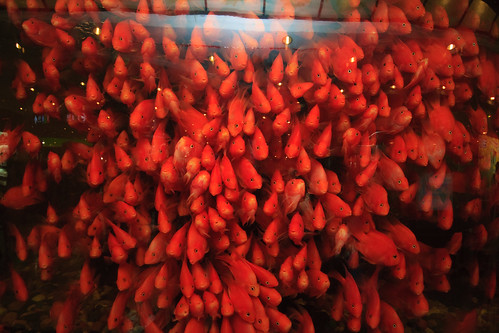
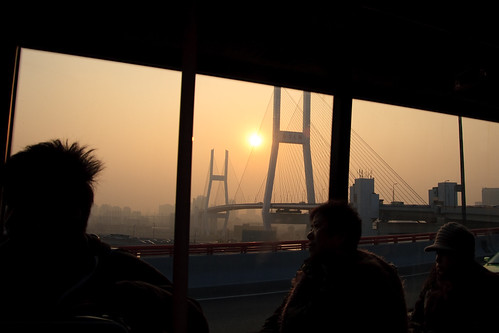

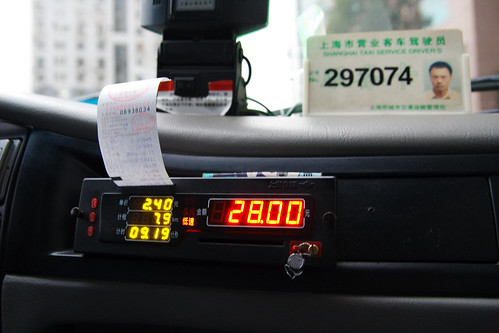
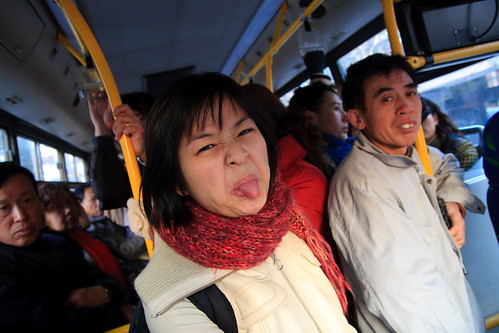
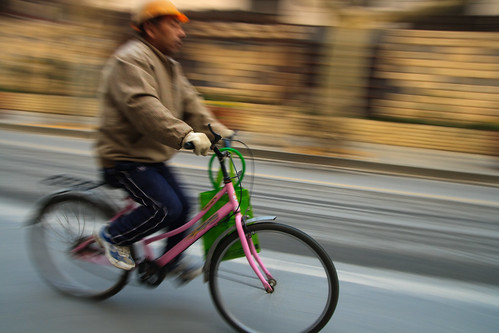








2 comments:
Post a Comment